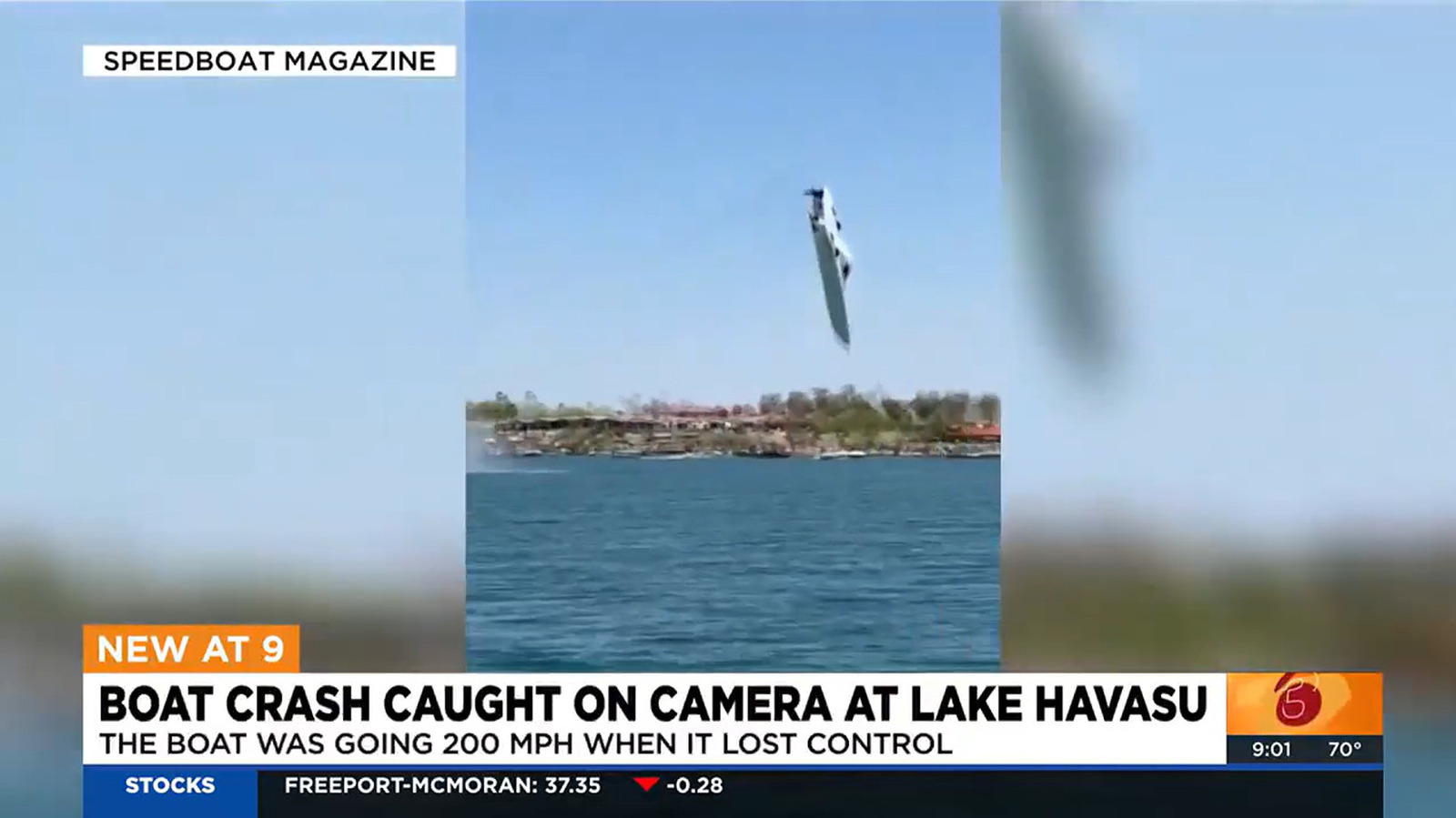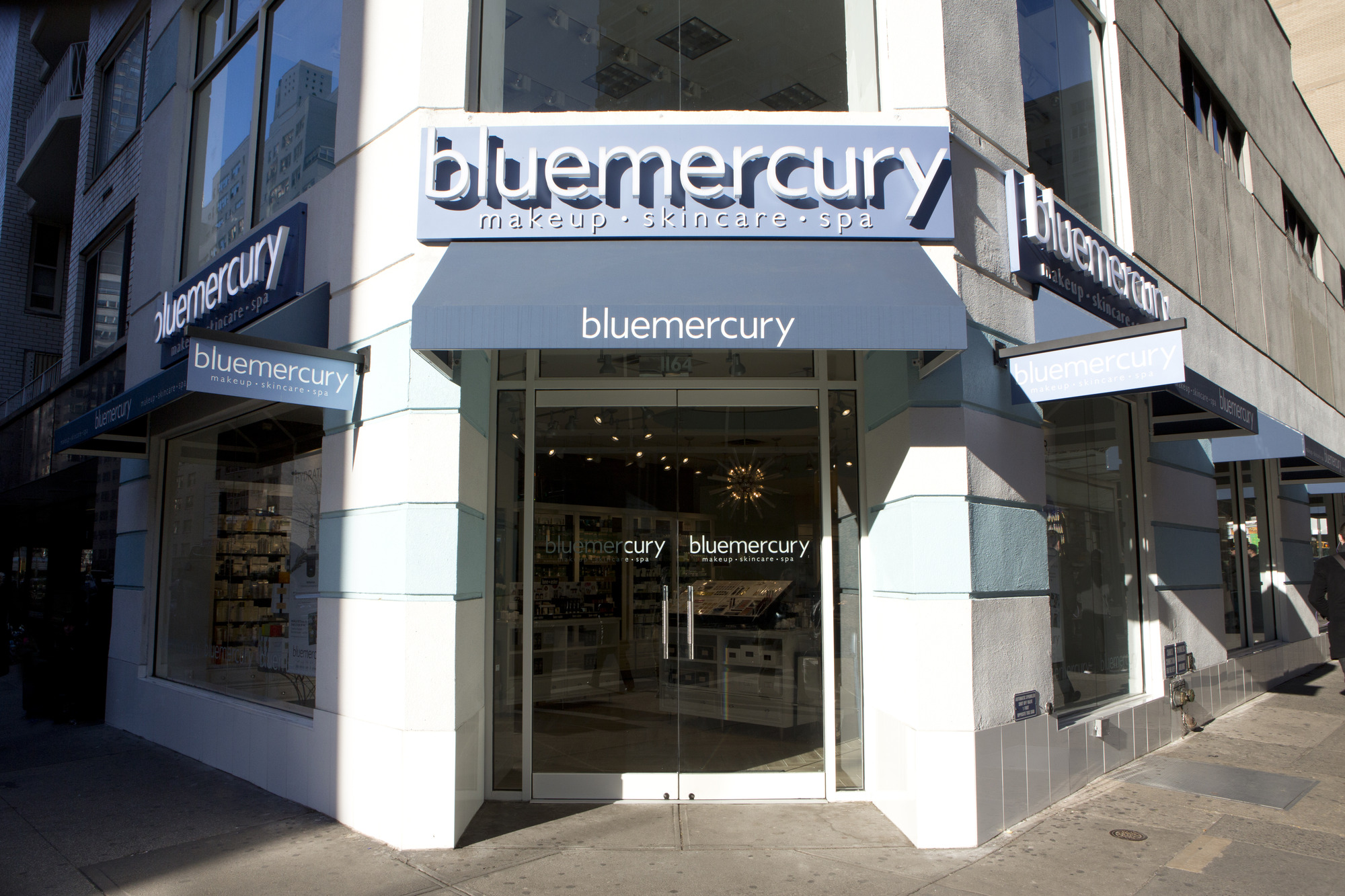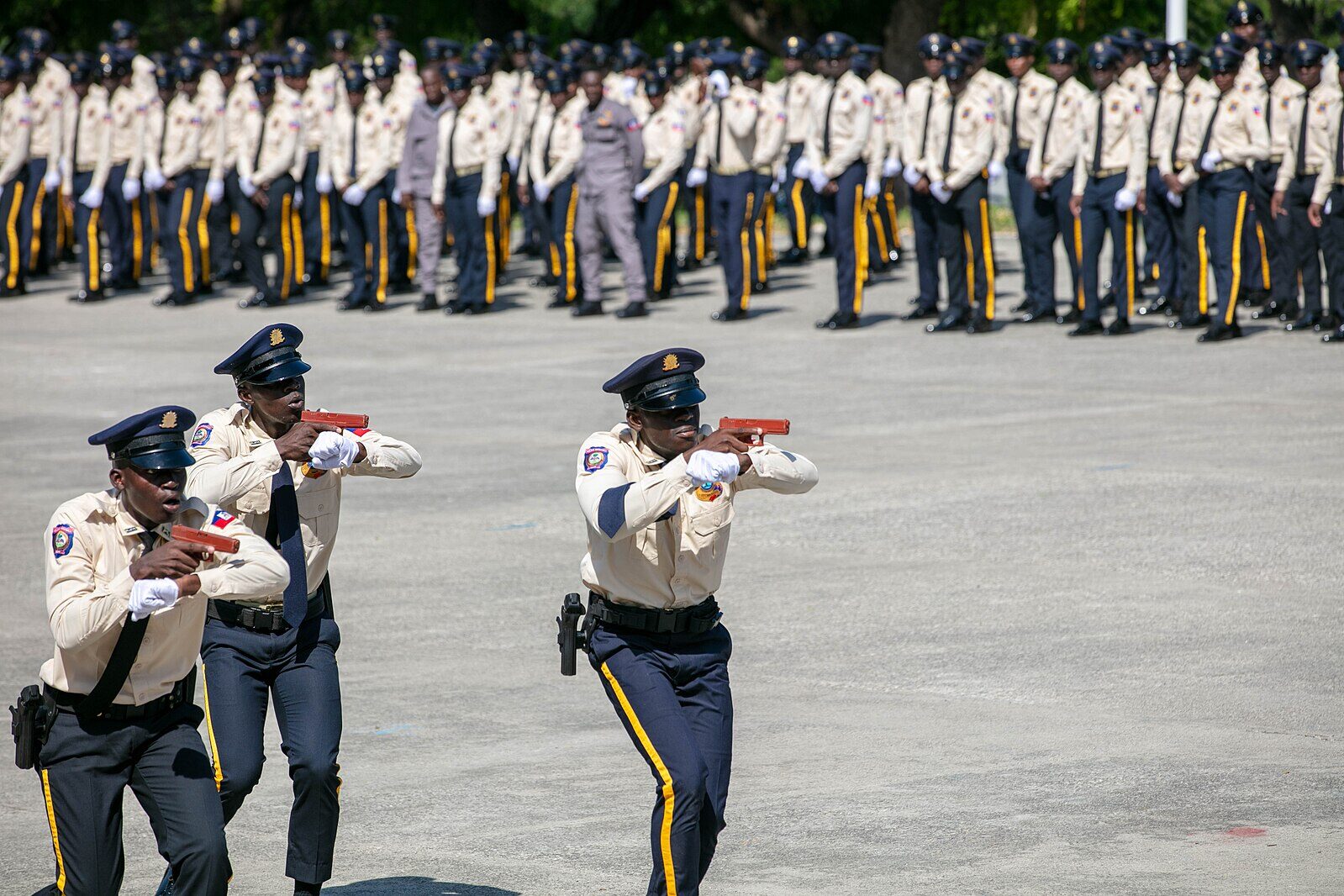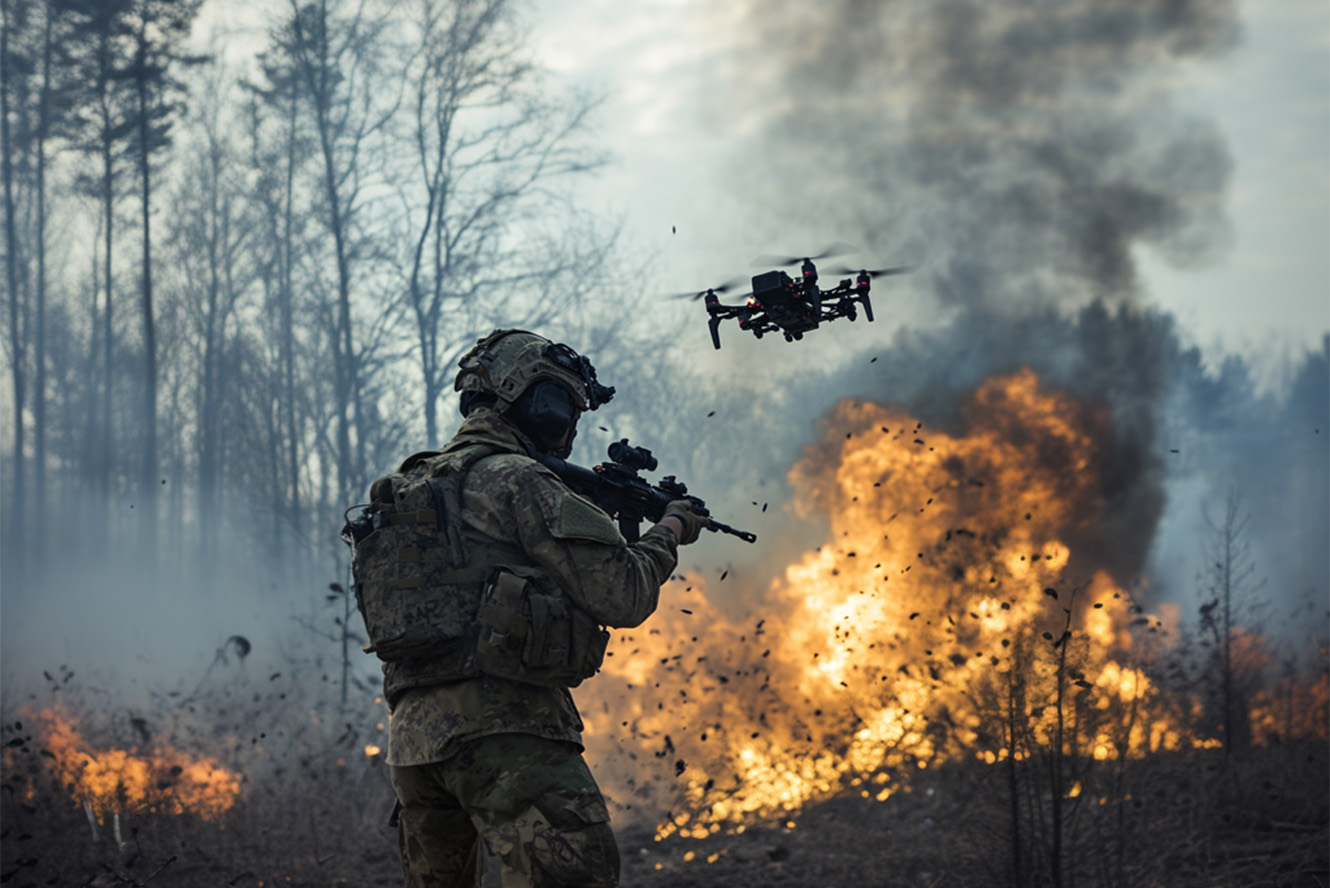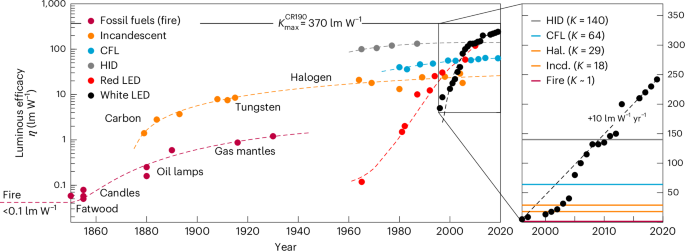Can a federal court certify a class action that includes plaintiffs who were not injured?
The argument on Tuesday in Laboratory Corp. of America v. Davis presents another in a remarkable string of cases this year that have reached the argument stage without clearly presenting the question on […] The post Can a federal court certify a class action that includes plaintiffs who were not injured? appeared first on SCOTUSblog.
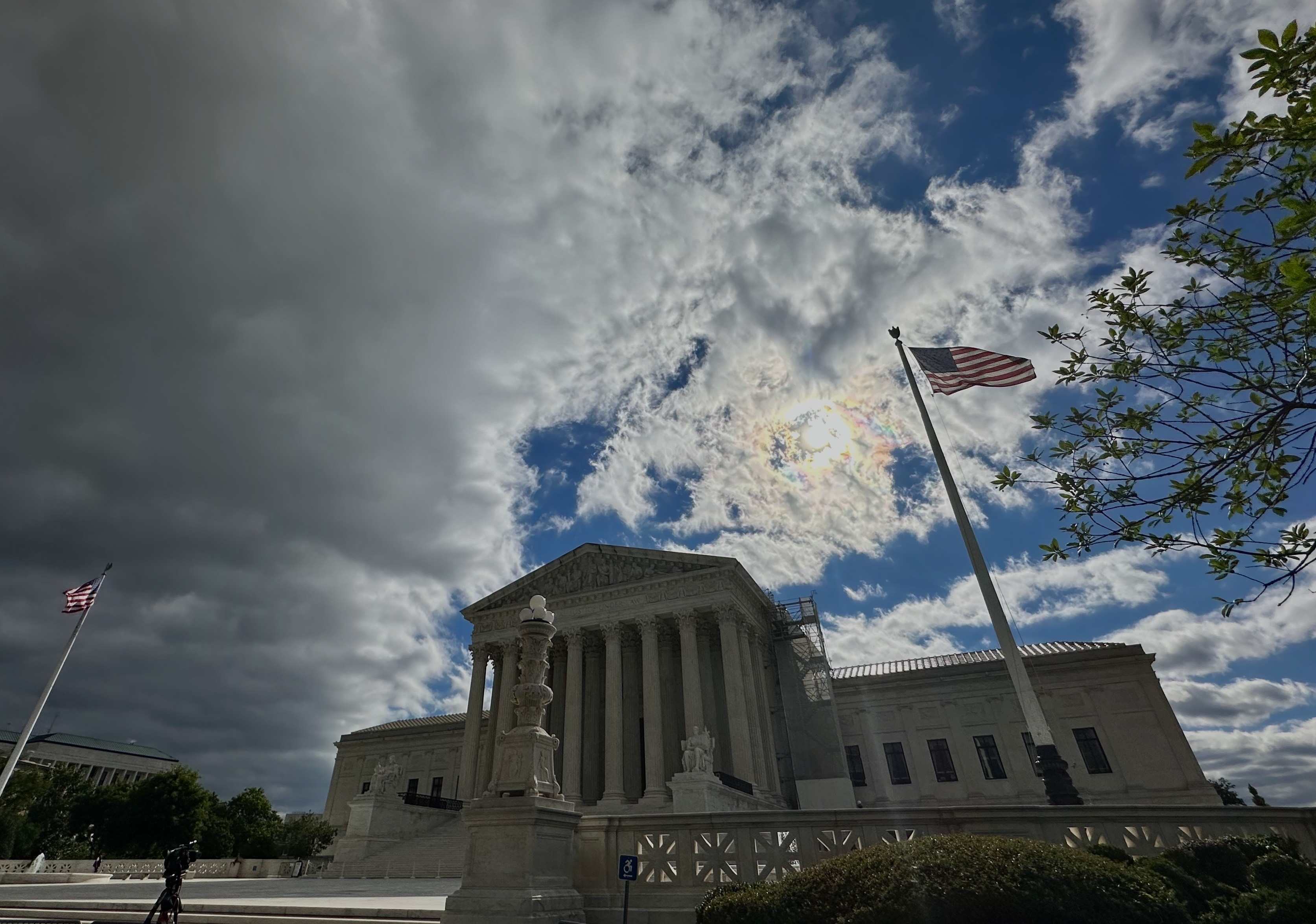
The argument on Tuesday in Laboratory Corp. of America v. Davis presents another in a remarkable string of cases this year that have reached the argument stage without clearly presenting the question on which the justices granted review.
The presentation in Labcorp’s opening brief is powerful and direct. First it posits the idea that federal courts can’t possibly grant relief to plaintiffs who haven’t suffered a cognizable injury. Then it presents the facts of this case: Labcorp has rolled out automated check-in kiosks in its facilities, which most customers really like. One problem, though, is that those kiosks don’t work for the blind. Hence this class action, claiming that the kiosks disadvantage the blind, leading to liability under various legal theories.
Labcorp then describes a class that includes all blind people who had been exposed to the kiosks – whether they knew of the kiosks or wanted to use them. Obviously, though, if they didn’t know about the kiosks and had no interest in them, they did not suffer any injury from the presence of the kiosks. A class including all blind people, then, includes a huge mass of uninjured parties. That poses the prospect, Labcorp explains, that certification of the class will force it into a massive and inappropriate settlement. Cue the outrage. Justices who have a deep suspicion of the extortionate power of class certification will be very suspicious – and there are more than two or three of those on the current court.
Two major problems hinder a straight path to the decision Labcorp seeks. The first, all too common this term, is the likelihood that the case does not really present that question. It is pretty clear that the district court at one point certified a class that excluded all blind persons who did not attempt to or want to use the kiosk – a class limited to those who could be said to have suffered a cognizable injury. The class definition about which Labcorp complains came about only in response to Labcorp’s objection to the more limited definition. Apparently Labcorp’s strategy at that point of the litigation – different from its strategy now – made the narrow class seem objectionable. The problem for the justices is that Labcorp already had appealed before the class definition was narrowed, so it is not at all clear that anything in the opinion of the court of appeals relates to the class definition that Labcorp now challenges so forcefully.
The second difficulty is a “slippery slope” problem. Labcorp’s rhetoric would support an absolute rule that a class can never include even a single individual without a cognizable injury, but when it gets down to argument it admits that some uninjured individuals must be included as a practical matter. Its objection here is that there are just too many uninjured individuals. That kind of imprecise argument will be much harder for the justices to evaluate than a hard and fast rule of exclusion.
My guess is that some, but not all, of the justices will take the view that it is easy enough to sort out the injured and uninjured claimants when the time comes for a remedy, limiting relief only to the injured. For those justices, this case will seem “much ado about nothing.” But my guess is that the bulk of the argument will be expended on questions about exactly what was, and was not, before the court of appeals and what is, and is not, properly before the court. At some point, though, you really have to start wondering why the law clerks are not doing a better job of having these problems fully aired before the justices devote an argument slot to a case that plainly is not a good vehicle for answering the question presented.
The post Can a federal court certify a class action that includes plaintiffs who were not injured? appeared first on SCOTUSblog.






























